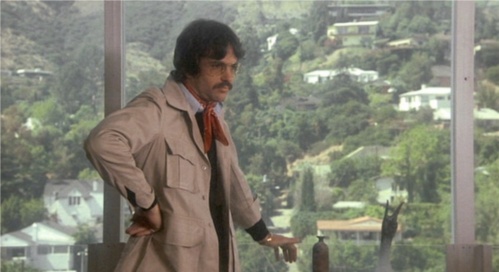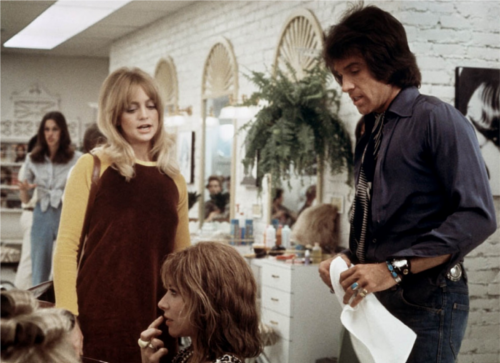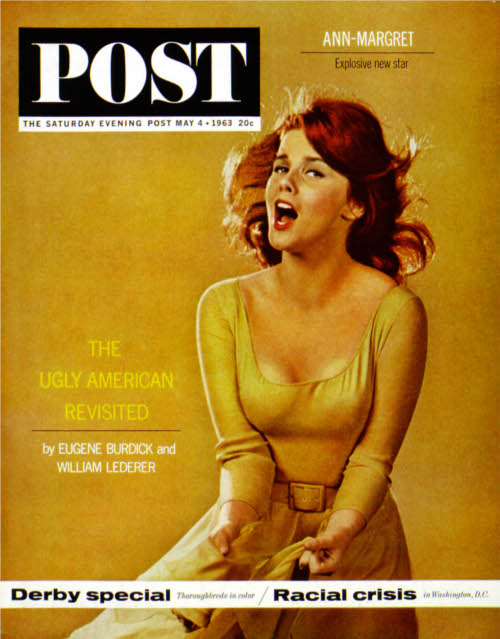
I kinda hate Bradley Cooper...
Since summer started, it seems the only movies I’ve seen are blockbusters. It’s almost a given that once school is out, regardless if something interesting is playing or not, I am in that theatre at least once a week. I enjoy the experience, especially since I share it with my friends, but these past few weeks have been difficult… perhaps it’s because I’ve been so focused on catching up on True Blood and Mad Men and haven’t had the time to watch as many films on DVD as I’m used to. The saturation of bland and terrible cinema is starting to get to me and I feel as though I’m slowly losing my mind. I am not only struggling to find something nice to say about the films, but even trying to mute my elitism among my non-film fans is becoming more difficult.
Tonight I watched The A-Team, and though it’s the best of the three films I’ve seen in the past three weeks (the other two being Prince of Persia and Splice), it has pushed me past the breaking point. Though the film has some entertaining moments (mostly due to some charismatic performances) and isn’t particularly inept, I just could not enjoy it. Walking out, I couldn’t help overhearing people proclaiming how awesome the movie was. All I could think was what about this movie is great? I couldn’t think of a single reason why someone would think it was.
Generally, I don’t see why anyone would think most blockbusters are interesting, worthwhile or even memorable. They are more akin to a good ride at an amusement park than a great “entertainment”. Even if I were to approach and look at them as simply being “rides”, most of them fall short and fail to deliver on a very basic level. Prince of Persia is a perfect example of this, not only presenting an incoherent video game storyline, but presenting uninspired conflict and character interactions that makes Pirates of the Carribean seem like a great Shakespearean comedy. Yet, people eat it up.

DAGGER DAGGER DAGGER DAGGER DAGGER DAGGER DAGGER DAGGER
Even if I were to look at blockbuster films I enjoy and have watched on more than one occasion, I can’t say I’d be sad if I never had to watch them again. I can’t help feeling I come off as elitist and judgmental, but I just cannot fathom why someone would prefer a film like Aliens, The Dark Knight or Star Wars over The Red Shoes, L’Avventura or The Double Life of Veronique. I can see the entertainment value of the former films but their broad themes and archetypical characters and conclusions have never struck me as being moving or evocative. I am not suggesting that people who like those films are dumb, far from it, I don’t have any less respect for people who like those films, but I can’t help feeling they are also missing out on a world of experience and challenges.
In a perfect world, there would be room for both kinds of movies. I like both kinds, or else I wouldn’t bother to watch movies like the ones that I do. On a good day I can even enjoy a mediocre or bad film from a more anthropological level, looking at the ideals, values and queues the film takes that it presents and how that reflects my understanding of society. I know so many people I know would claim I overthink or overanalyze very simple works, but I find it enjoyable. If anything, these are the kinds of movies that deserve this kind of close scrutiny because they are consumed by such a high number of people.
I feel like I am contradicting myself in a certain sense. Though I wish people watched better movies, I am fascinated by the fact that certain movies draw millions of viewers. To a certain extent in our day and age, it is largely about marketing and advertising, but even films that get the full treatment are not guaranteed success. Some films with barely any press are able to rise to the top. Audiences are still fickle.

Thoughtful contemplation
Thinking is a crime, and most people seem completely averse to having their ideas and perceptions challenged. Shutting off your brain now and then isn’t the worst thing, but some people see working towards learning and experiencing new things as being relevant only for work and school. This makes me sad. Even if you were to just put more consideration into movies like Prince of Persia or The A-Team, try to think a bit more critically about why you do or do not like a film, would result in valuable self-knoweldge. Why are people so afraid to open their selves up and peek inside, are they afraid of what they might see or feel? Why do we relate so positively to violence and hate? Learning about yourself and the people around you seems to ultimately the point of our existence, or at least the most rewarding aspect of it, so why are so so quick and willing to shut ourselves off completely from that aspect of our life?
Do I think or even want people to flock to the newest Alain Resnais film? No, I don’t even know where I am getting with this. I just wish I could expose people to new ideas and emotions that great film has opened to me. It is one thing I like to share with people I love and care about, because I think it’s so important and beautiful. My frustration over the mediocrity of these films stems from the fact that most people are not even aware of what they’re missing. Does that make me an elitist or a snob? Yes it does, but my intentions are good, it’s about love man.
I blame this post entirely on Von Samuel. What an ass.



















































